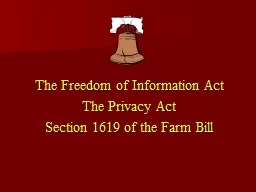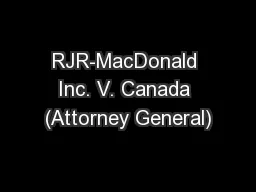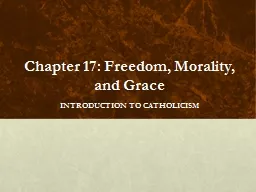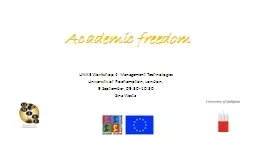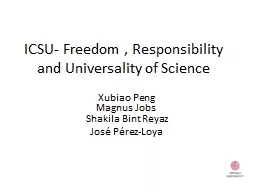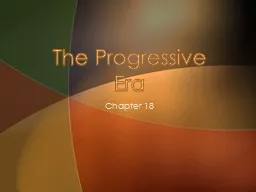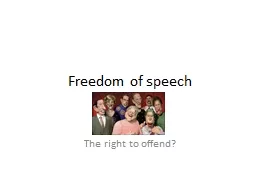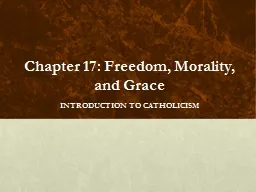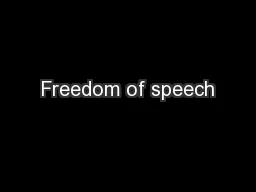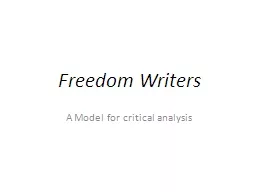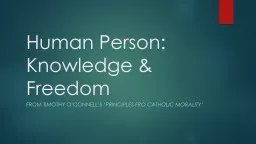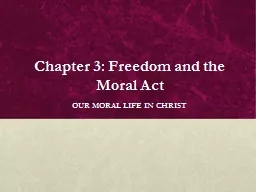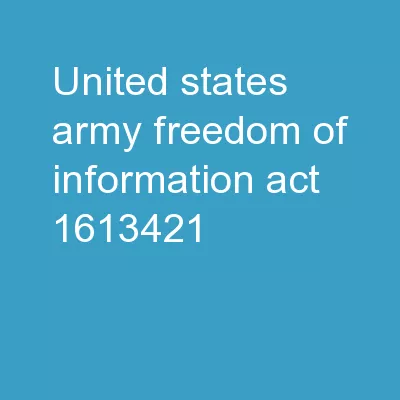PPT-The Freedom of Information Act
Author : debby-jeon | Published Date : 2018-10-22
The Privacy Act Section 1619 of the Farm Bill Freedom of Information Act federal statute which allows any person the right to obtain federal agency records unless
Presentation Embed Code
Download Presentation
Download Presentation The PPT/PDF document "The Freedom of Information Act" is the property of its rightful owner. Permission is granted to download and print the materials on this website for personal, non-commercial use only, and to display it on your personal computer provided you do not modify the materials and that you retain all copyright notices contained in the materials. By downloading content from our website, you accept the terms of this agreement.
The Freedom of Information Act: Transcript
Download Rules Of Document
"The Freedom of Information Act"The content belongs to its owner. You may download and print it for personal use, without modification, and keep all copyright notices. By downloading, you agree to these terms.
Related Documents

